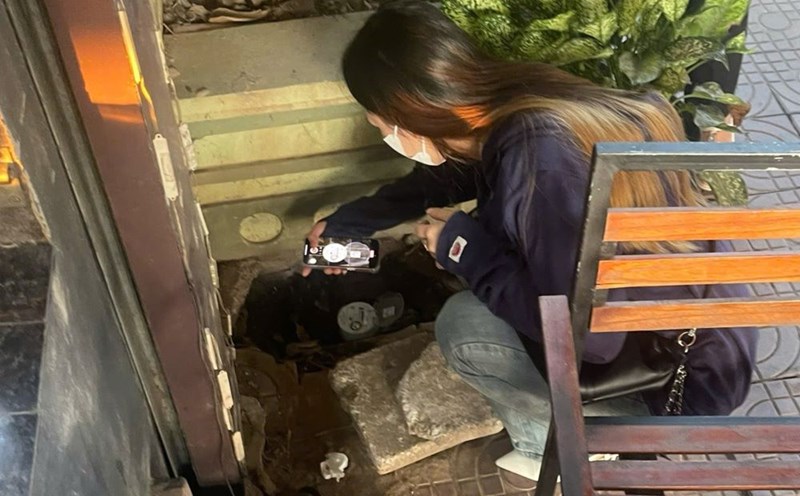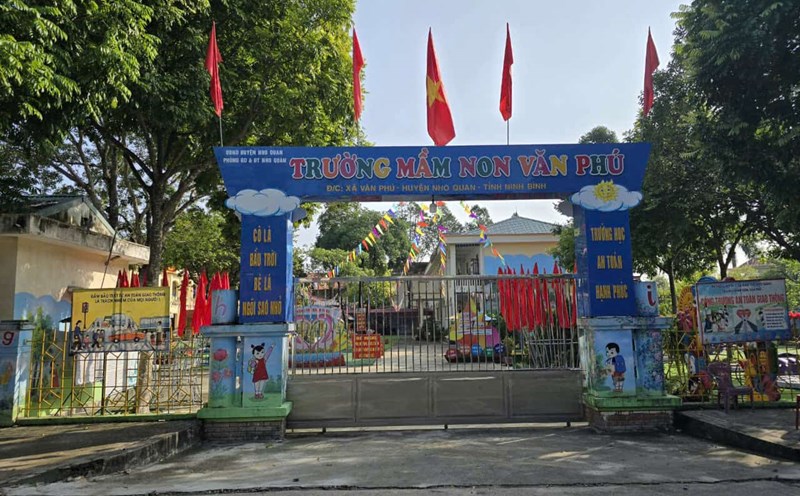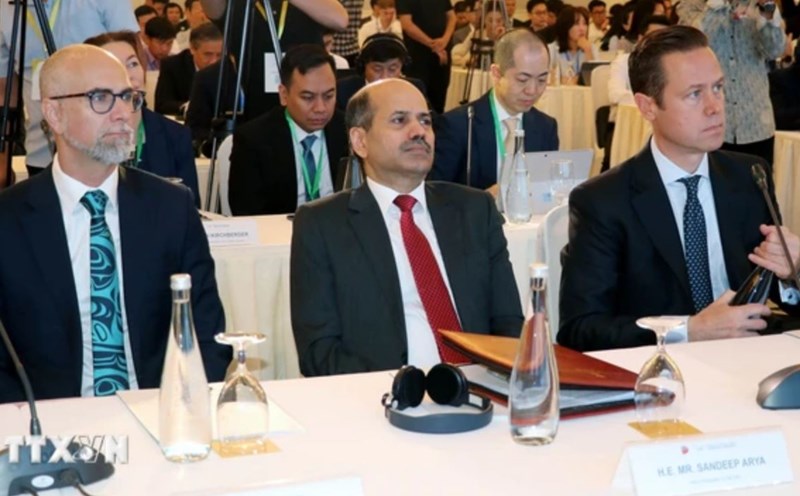In recent years, along with economic development, the attention of the Party and the Government, investment in restoration and preservation of cultural heritage in Vietnam has been increasingly focused, especially the participation increasingly active by local people and communities.
Current status of cultural heritage conservation in Vietnam
Cultural heritage includes all the material and non-material values that a people has accumulated over many generations. From historical relics, art, architecture to customs, traditions, languages and traditional knowledge, all contribute to forming the unique cultural identity of each country. In Vietnam, Cultural Heritage is not only the pride of the people but also a valuable resource for economic development, tourism and education.
Currently, Vietnam is facing many challenges in preserving cultural heritage. The rapid development of urbanization and industrialization has led to many heritage sites being damaged or forgotten. Many ancient architectural works have been demolished to make way for modern buildings and factories, while traditional festivals are increasingly being lost due to people's changing lifestyles.
However, besides the difficulties, there are also many remarkable efforts in preserving cultural heritage. The government and social organizations have had many programs and projects to restore historical relics, restore traditional festivals and preserve traditional crafts. Typically, the excavation, restoration and embellishment of historical and cultural relics in Thang Long Imperial Citadel, Hue ancient capital, Hoi An ancient town... These works are not only the pride of the nation but also a destination that attracts domestic and foreign tourists.
Cultural Heritage restoration is not simply the repair and maintenance of architectural works but also an art that requires a deep understanding of history, culture and technology. Each project carries with it stories and memories of a certain period in history. Therefore, restoration needs to be done carefully, respecting the original status and historical value of the building. A typical example is the restoration of the One Pillar Pagoda in Hanoi. This is one of Vietnam's famous cultural symbols, bearing a deep historical imprint. Even though it was destroyed during the war against the French, through many restorations and embellishments, the One Pillar Pagoda still retains its pristine beauty and unique cultural value. Restoration work not only helps preserve heritage but also creates opportunities for residents and visitors to learn about the country's history and culture.
In a short time, the Hue Monuments Conservation Center has researched, restored and embellished about 150 works and relic items, typically the project of restoring Kien Trung Palace, restoring Ngo Gate, Thai Hoa palace, Hien Lam Cac, The Mieu relic complex, Dien Tho palace, Duyet Thi Duong, Truong Sanh palace, Forbidden City hall system (Citadel); Minh Lau, Sung An Palace, Huu Tung Tu, Bi Dinh (Minh Mang mausoleum); Hoa Khiem palace, Minh Khiem Duong, On Khiem palace (Tu Duc mausoleum); Thien Dinh Palace, Bi Dinh (Khai Dinh mausoleum); Thien Mu Pagoda, An Dinh Palace, gates of Hue Imperial City, infrastructure in the Imperial City, Imperial Citadel, Ngu Ha River...
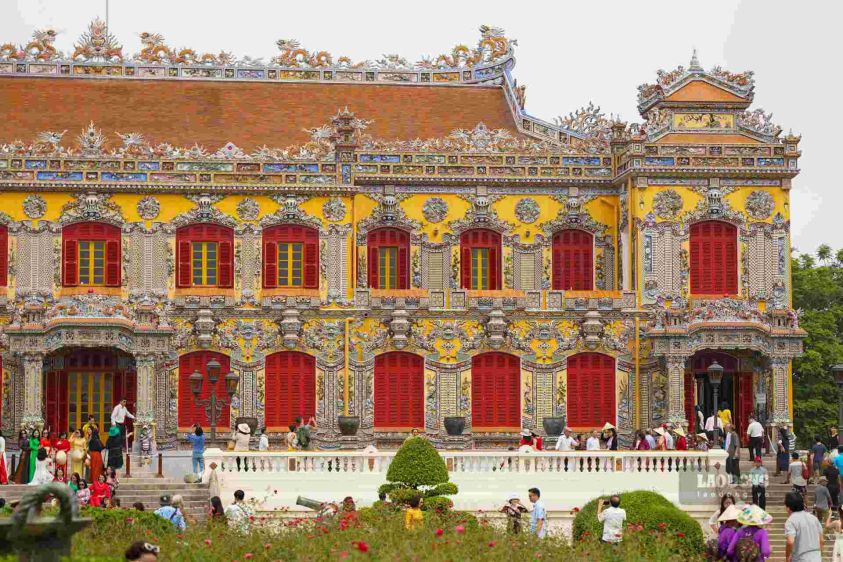
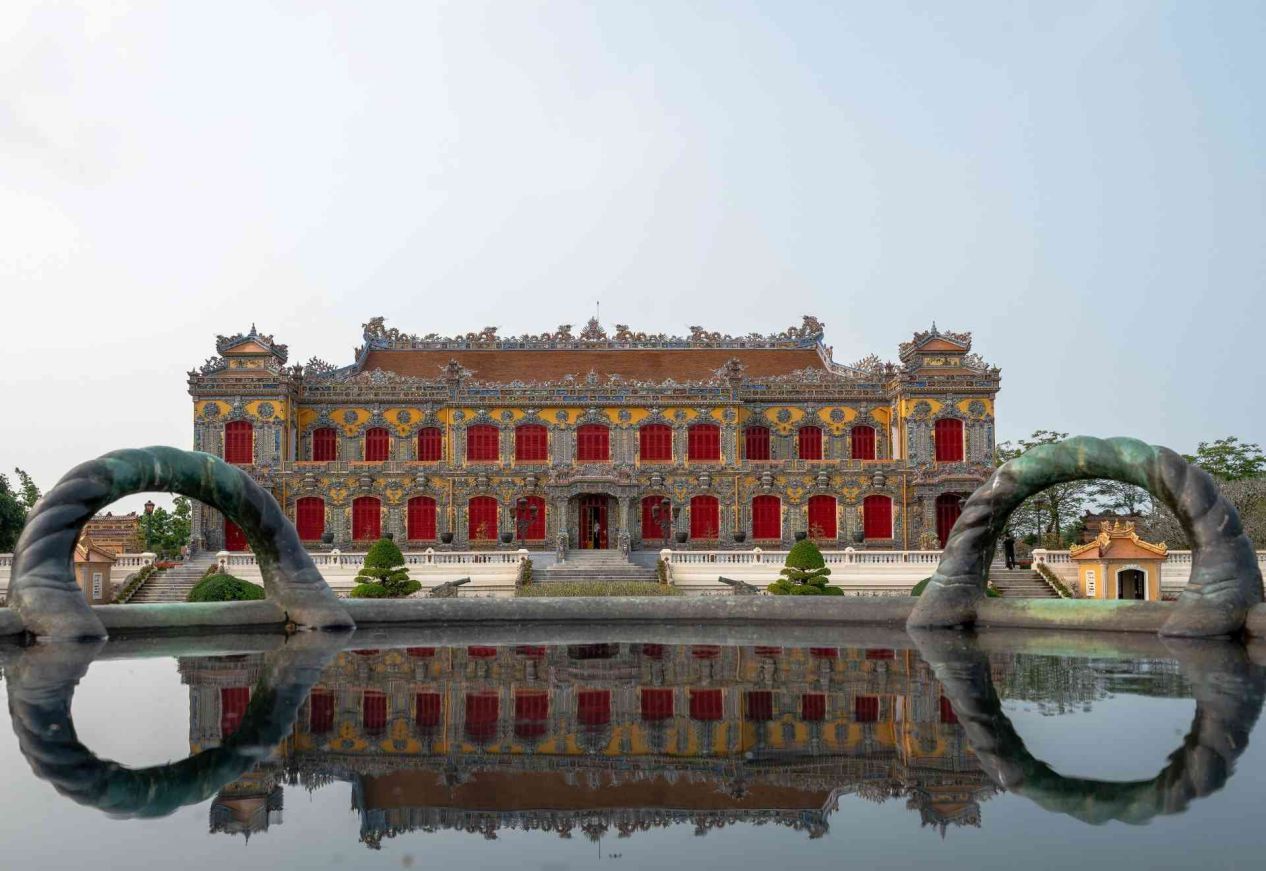
Preserving cultural heritage towards sustainable development
Preserving heritage is not simply about preserving it but also requires exploiting and promoting its values. Currently, many localities possess extremely valuable and potential heritage, however, because we still maintain old thinking and are not proactive in innovation, many times we only live on the heritage that Their true value cannot be exploited. Some museums own valuable antiques and treasures, but due to concerns about loss and damage, they mainly focus on protecting and storing heritage, even putting it in closed storage and quarantine. with social life. However, to truly honor and promote the value of heritage, we need to have more flexible and creative measures, while creating conditions for everyone to have the opportunity to access and experience heritage safely. the most authentic way.
Preserving Cultural Heritage not only brings cultural benefits but also has a positive impact on economic and social development. Cultural heritage can become a valuable resource for the tourism industry, attracting domestic and foreign tourists. Heritage locations such as Hoi An Ancient Town, My Son relics, Thang Long Imperial Citadel... are not only attractive destinations but also places for local people to develop their economy through services. tourism service. Furthermore, preserving Cultural Heritage also helps create a sustainable living environment, where cultural values are preserved and promoted. This not only improves the quality of people's lives but also contributes to building a cohesive, strong and proud community of its cultural identity, contributing to mobilizing the community's strength in preserving protect his father's legacy.
Restoring and preserving cultural heritage in Vietnam is not only an urgent task but also a long-term journey, requiring the cooperation of the entire society. In the context of globalization and strong economic development, we need to be clearly aware that cultural heritage is not just the property of a single generation but is the common property of the entire society, a bridge between people. past, present and future. Let's join hands to protect and promote precious cultural values, so that Vietnam's cultural heritage will forever shine in the hearts of every citizen and international friends. Only then can we be proud. about the nation's cultural identity and towards a future of development, prosperity and sustainability.






